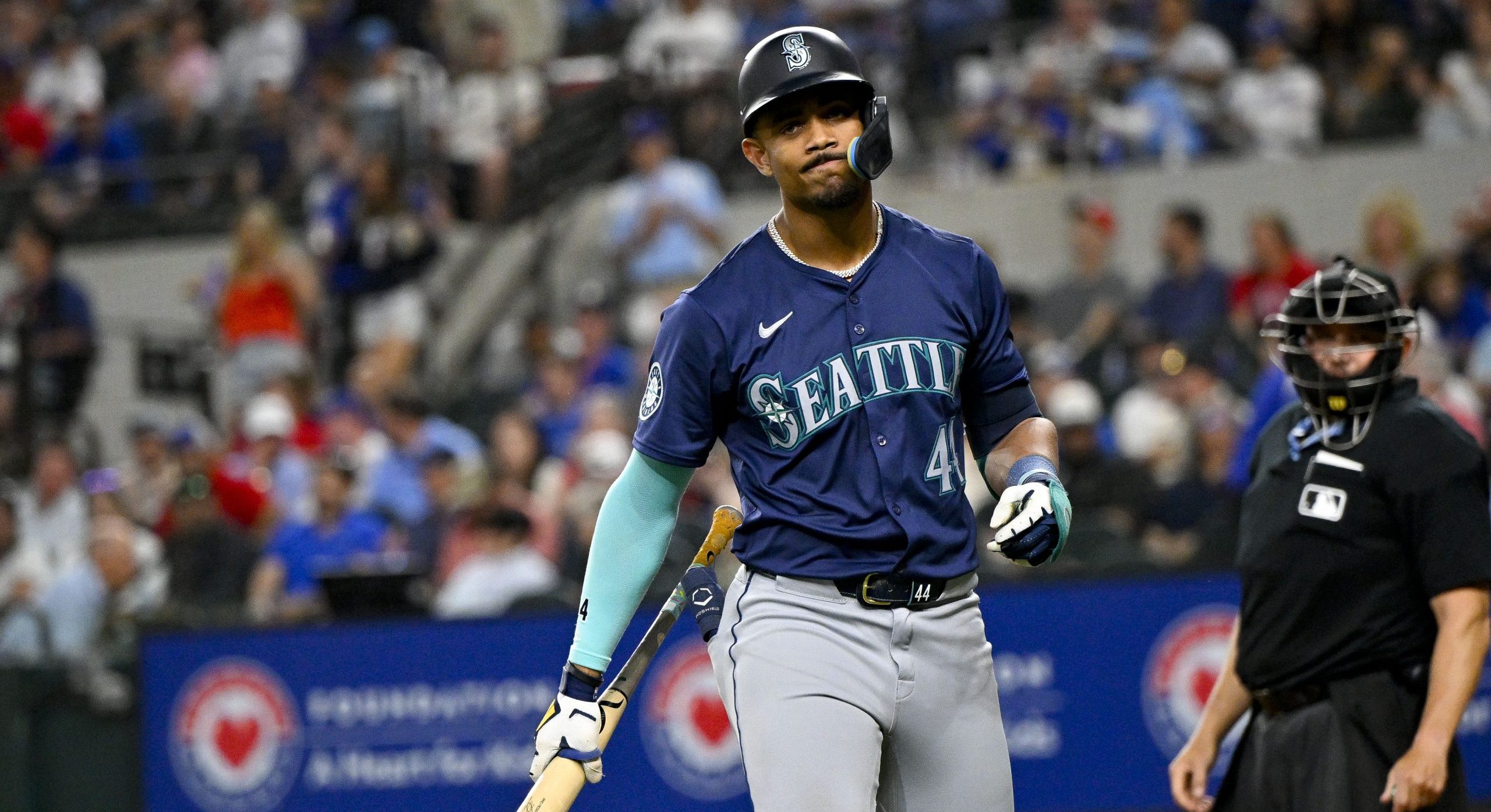The NFL is still the largest titan on the TV landscape, but it’s not growing as much as some expected, at least when it comes to the increased cost of advertising windows and at least when it comes to the money being spent in upfronts. Huge amounts of money may still roll in once we hit the fall, especially if networks’ other new programming doesn’t perform well, but the softer-than-expected upfront results means there are more questions about the value of NFL commercials (and how much that value can keep growing) than we’ve often seen. That seems to be the general takeaway from an interesting exploration of the NFL ad market Anthony Crupi has in Advertising Age.
Crupi’s piece says “A number of factors have conspired to cast a bit of a pall over this year’s NFL market, which some insiders say is the softest since the Great Recession of 2008,” citing some top clients shifting ads to other sectors (like Today or The Late Show With Stephen Colbert), decreasing spending from sectors like automotive and movies, the rising amounts of NFL inventory (especially with Thursday Night Football, both linear and streaming), and media agencies fighting back against price increases. Those moves have all had their effects on keeping the increase in ad prices lower than has often been seen historically, with one buyer estimating it at two to four per cent on average (but six per cent at Fox given their surplus of Dallas Cowboys games in national windows; as we’ve written before, markets matter, and scheduling matters.)
However, despite ratings drops last year, the NFL still far outperformed everything else on TV, and even smaller increases are keeping the prices high (estimated at more than $800,000 for some national TV spots). And perhaps most importantly, Crupi writes there seems to be a good chance the later scatter market will make up for slow sales so far, given that the NFL still has advantages in total viewers and in the numbers of people who watch it live and with ads (93 per cent, versus 70 per cent for general entertainment programming):
Naturally, the networks hope the auto and movie money comes pouring back in scatter, which is hardly a long shot, given the critical role the fourth quarter plays for both industries. Cars were once so essential to the business of broadcast that the fall schedule was invented to better serve that particular segment of the business. And the slate of movies set to launch during the key football months have “$35 million in TV spend” stamped all over them; among the blockbusters-in-waiting are DC’s “Justice League,” Marvel’s “Thor: Ragnorak” and “Star Wars: The Last Jedi.”
…As the upfront bazaar begins folding the tents for another year, those with NFL wares to hawk will have to sit back and wait to see how the scatter market develops. “Look, we have done hundreds of millions in sales, so it’s not like we’re facing some kind of do-or-die scenario in September and October and November and December,” said one network insider. “We expect there will be a robust scatter marketplace — we’ll certainly need it — but it doesn’t have to be gangbusters. So, no, we’re not panicking, but we understand that we’re going to be doing a little more hustling than maybe we’ve grown used to in the fall.”
The latest
This involves a fair bit of betting on multiple fronts. Those advertisers choosing not to lock in to the NFL right now are anticipating that they can get ad reach elsewhere, or that if they do need to shift to football, they’ll be able to get in later without too much of a problem. That could be the case if the big sectors stay away, or if the ratings don’t really improve. Meanwhile, the networks are still charging premium prices (albeit with not as much of a hike as they probably would have liked) despite soft sales, hoping that there will be a flood of money coming in from that scatter marketplace. That could be the case if the NFL does well this fall, or if other things don’t.
The largest takeaway here isn’t that the NFL is failing, or struggling relative to other forms of TV; far from it. It’s still the 800-pound gorilla in the room, commanding premium ad rates and delivering substantial viewers. But the softness relative to past years is interesting, and it perhaps suggests that the NFL’s ad business can’t just keep growing at huge rates. It also suggests that there isn’t necessarily infinite demand for nationally-televised NFL games, especially with the Thursday Night Football expansion having some weak (by NFL standards; it’s still very good compared to the rest of TV) moments and some questions being raised about if it’s diluting the product. If advertisers swarm in this fall at the prices being asked, the NFL and its broadcasters will be just fine, and will be making lots of money. But if they don’t come in in the numbers expected, that could have some major impacts on the broadcasting world.
[Ad Age]







